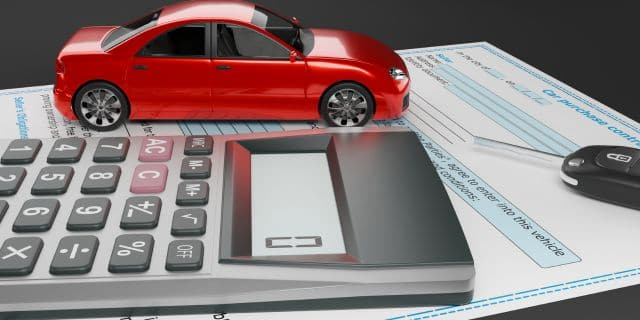Is your lease nearing its end, and you’re wondering whether to say goodbye or keep the keys? Buying out your leased vehicle can be a smart financial move—or a costly mistake—depending on your situation. With used car prices fluctuating and interest rates shifting, now is the time to weigh your options carefully. Should you purchase your leased car or walk away? Let’s break down the pros and cons to help you decide if this is the right road to take.
Why Consider Buying Out Your Lease?
Leasing a car allows you to make lower initial payments while giving you time to test the vehicle before committing to ownership. Many people lease because it offers flexibility, but when the lease ends, you must make the decision to buy or return the car. That depends on several factors.
Understanding the Buyout Amount
Most leases include a buyout option, meaning you can purchase the vehicle at a predetermined price set by the leasing company. This price, known as the residual value, is estimated at the start of the lease. If you choose to buy, you’ll need to pay the buyout amount, plus taxes, fees, and any remaining lease payments.
If you don’t have the cash to buy the car outright, you can finance the buyout. Keep in mind that financing comes with interest. Check out the current interest rate before committing to financing a buyout. Know that if you buy out your lease early, it may also come with additional fees. Importantly, going from a lease to financing a buyout could increase your monthly payments.
Evaluating Your Car’s Value
Before deciding, compare the buyout price with the car’s market value. Websites like Kelley Blue Book and Edmunds can provide an estimate, or you can visit another dealership to get an appraisal for your vehicle. If the buyout price is lower than the car’s market value, purchasing it may be a good deal. If it’s higher, walking away might be the better choice. If it’s close, it still may make sense to buy.
Considering Mileage and Condition
Most leases have mileage limits, typically 12,000 to 15,000 miles per year. If you’ve exceeded your limit, you’ll owe an overage fee—usually between 10 and 25 cents per mile. In this case, buying out your lease might save you money. While unused miles aren’t refunded, your car will likely be valued higher at a lower mileage.
Leasing companies expect the car to be returned in good condition. Any damage—such as dents, scratches, or cracked mirrors—could result in excess wear-and-tear fees. If you’re considering a buyout, repairing minor issues yourself can save you money. Also, remember that once you own the car, future maintenance and repairs will be your responsibility. A pre-purchase mechanical inspection is a good idea so there are no surprises down the road.
Your Personal Situation
Buying out your lease might make sense if:
- You like the car and know its history.
- You want to avoid the hassle of car shopping.
- You prefer to keep a car that won’t immediately depreciate like a new vehicle.
- Your transportation needs remain the same.
Turning in your car might make sense if:
- You did not go over the mileage for your lease and the car is in good condition.
- You prefer to lease another car.
- Your transportation needs have changed.
- You would like to purchase a new car or a used one.
If you’re trading in your leased car, dealerships may charge cleaning and prep fees. Buying it avoids these costs.
Can You Negotiate the Buyout Price?
It depends on your lease agreement. If the lease was written by the automaker’s finance division, the buyout price is usually non-negotiable. However, if a third-party bank holds the lease, they may be open to negotiation. Even if the buyout price is firm, you might be able to negotiate the fees.
Plan Ahead
Don’t wait until the last minute to decide. Start evaluating your options at least 90 days before your lease ends. This gives you time to:
- Assess the car’s value.
- Review your credit before applying for a loan.
- Secure financing if needed.
- Negotiate fees or buyout terms.
You can buy out your lease through the dealership or arrange independent financing through a bank or credit union. If financing on your own, you’ll need to send payment to the leasing company and visit the DMV to handle taxes and title transfer.
Insurance Considerations
Switching from a lease to ownership may impact your insurance rates. Review your policy and contact your insurance company to explore potential savings and coverage changes.
This article is furnished by California Casualty, providing auto and home insurance to educators, law enforcement officers, firefighters, and nurses. Get a quote at 1.866.704.8614 or www.calcas.com.
- Holiday Fire Safety Tips - December 16, 2025
- Party Potluck Recipes - December 11, 2025
- Classroom Holiday Traditions from Around the World - December 5, 2025

